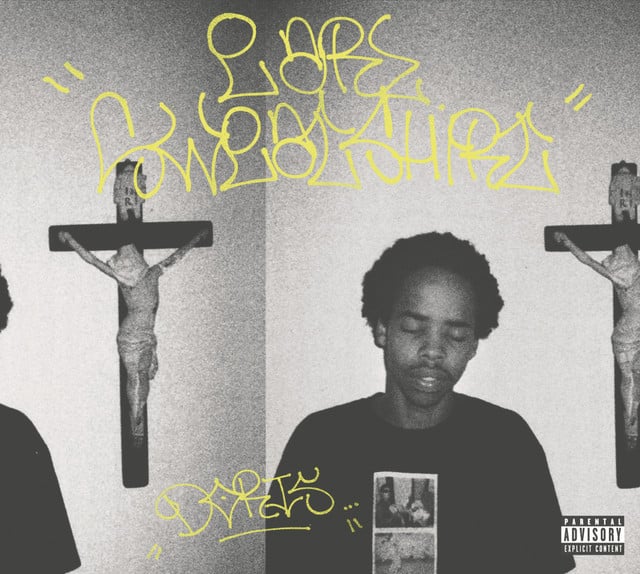Released: 2018
Earl Sweatshirt’s song “The Mint,” featuring Navy Blue, encapsulates themes of mistrust, introspection, and perseverance in the face of adversity. Both artists navigate their thoughts and emotions through raw, intricate lyrics, shedding light on personal experiences and broader social issues.
The song opens with a confident assertion of self, as Earl states, “I’m runnin’ things.” This line sets the stage for a reflection on the chaotic life experiences he’s juggling. It’s about claiming control, perhaps in an environment or circumstances where that control often seems elusive.
In the lines “Hold me down, hold me up,” there’s an expressed desire for both stability and elevation, hinting at the dual need for support and ambition. This duality runs throughout the track, as the narrator oscillates between vulnerability and resilience.

When Earl mentions, “Show they true colors, don’t know who to trust,” he’s grappling with betrayal and deceit. This sense of being wary and on guard speaks to the harsh realities of his environment where loyalty is constantly in question.
“Mind workin’ like the water when it rush,” suggests a restless mind, full of thoughts flowing like an unstoppable stream. It’s a beautiful simile conveying how ideas and anxieties move uncontrollably through his consciousness.
He delves into his familial past with “Grownin’ from my father, bitter to his touch,” highlighting generational challenges. There’s a struggle for identity and honor against the backdrop of inherited bitterness. Yet, there’s also a sense of duty, “All this for my momma ’til I’m dust,” signifying devotion to family despite these struggles.
The recurring line “Every man know many men” touches on themes of masculinity and social dynamics. It’s a meditation on the complex networks of relationships and the roles men play within them.
Earl reflects on grief and escape through vices, as seen in “I just need a moment, offer my condolence, smokin’ ’til the mornin’.” It’s about finding temporary relief from pain, albeit through potentially self-destructive habits.
As the song progresses, there’s imagery of urban life and its pitfalls, like “Tiptoein’ over mortar and the brick,” symbolizing the dangers and moral dilemmas one navigates. It’s a vivid portrayal of street life and its inherent risks.
The historical nod to “Evidently, it was written like Nas,” references Nas’s album “It Was Written,” connecting Earl’s narrative to the broader hip-hop tradition. It suggests that his path and struggles are part of a larger story that many in the hip-hop community share. This linkage deepens the cultural resonance of the song.








